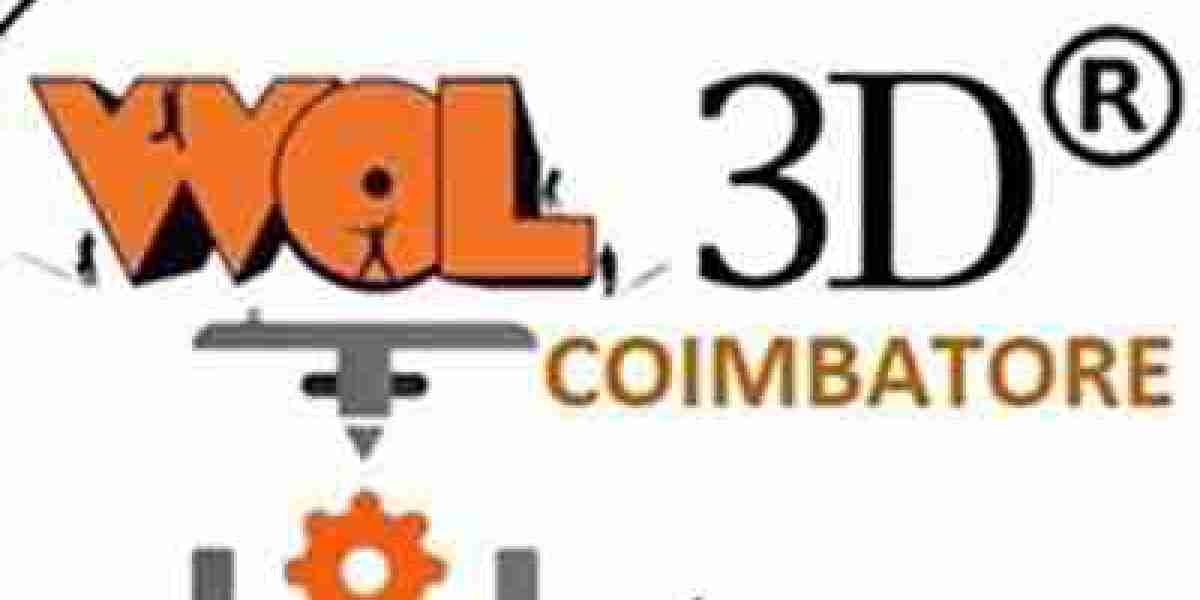The name "Stanley" is synonymous with quality craftsmanship, durability, and innovation. Whether you're a seasoned DIY enthusiast, a professional tradesperson, or someone who simply enjoys the satisfaction of getting the job done right, the Stanley brand is one that has been relied upon for generations. But what is it about Stanley that has made it a household name in the world of tools and beyond?
A Legacy of Innovation
Founded in 1843 by Frederick Trent Stanley, the Stanley Works (now Stanley Black & Decker) began its journey as a small manufacturing company in New Britain, Connecticut. The company's initial focus was on making hardware and tools such as hinges, bolts, and locks. At the time, industrialization was transforming the American economy, and Stanley took advantage of the growing demand for better-made products.
What set Stanley apart in the early years was its commitment to innovation. In the late 19th century, the company began manufacturing high-quality hand tools, ranging from planes to saws to levels, that would go on to be used by tradespeople worldwide. These tools were not only durable but designed to improve the speed and precision with which craftsmen could work. The company's reputation for quality quickly spread, laying the foundation for what would become a leading name in tools.
Stanley's Impact on the Tool Industry
One of the most significant contributions Stanley made to the world of tools was its pioneering work in designing and manufacturing the modern hand plane. The Stanley No. 1, introduced in 1867, was one of the first tools of its kind to be produced in large quantities and was instrumental in transforming the woodworking industry. The No. 1 plane became a staple in the workshops of carpenters and woodworkers everywhere.
In the following decades, Stanley continued to innovate with the development of a wide range of hand tools. The company introduced new designs and improved manufacturing techniques that made tools more reliable, efficient, and user-friendly. By the 20th century, Stanley had expanded its product range to include everything from screwdrivers and hammers to measuring tapes and utility knives.
Stanley was also one of the first companies to incorporate mass production techniques into tool manufacturing, which allowed them to meet the growing demand for tools in the rapidly industrializing world. This shift towards efficiency and scale played a key role in Stanley's continued success, helping the company dominate the tool market for decades.
Stanley and Professional Tradespeople
For professionals in fields like construction, plumbing, electrical work, and woodworking, Stanley tools became a symbol of reliability. The brand's focus on performance, longevity, and precision made its products an essential part of the professional toolkit. Tradespeople knew that when they picked up a Stanley tool, it would perform reliably day in and day out.
Among Stanley's most iconic products is the Stanley tape measure. Invented in 1868 by the company's founder, Frederick Stanley, the tape measure revolutionized how tradespeople measured distances. Before the invention of the tape measure, measuring was a much more cumbersome task, requiring the use of rods or fixed rulers. Stanley's flexible, retractable tape measure made measuring quicker, more accurate, and far more convenient. To this day, Stanley's tape measures are a standard on construction sites and in workshops worldwide.
The Stanley hammer, with its perfectly balanced design and ergonomic handle, is another staple in the professional toolkit. Available in various sizes and styles, Stanley hammers are designed to withstand the rigors of heavy use while ensuring maximum efficiency and comfort for the user. It's the kind of tool that professionals trust to get the job done.
Stanley's Expansion: Merging with Black & Decker
In 2010, Stanley Works merged with Black & Decker, creating the powerhouse company known today as Stanley Black & Decker. This merger combined the strengths of stanley cup blue iconic brands in the tool industry, creating a global leader in power tools, hand tools, and security solutions.
The union brought about even greater innovation, with Stanley Black & Decker expanding into new markets and embracing cutting-edge technology. Stanley’s hand tools continued to be produced alongside Black & Decker’s power tools, creating a comprehensive lineup that served the needs of professionals and DIYers alike. Today, Stanley Black & Decker’s portfolio includes household names like DeWalt, Craftsman, and Stanley, covering everything from industrial-grade power tools to simple, everyday hand tools.
With this merger, Stanley also diversified its product range, offering everything from outdoor products like lawnmowers to automotive tools, continuing to uphold the same standards of excellence that the brand was known for. Whether it’s a power drill, a screwdriver, or a workbench, Stanley products have become an integral part of home improvement and professional workshops around the world.
Stanley in Popular Culture
The Stanley brand has become so ingrained in everyday life that it has appeared in various forms of popular culture. In movies, television shows, and literature, Stanley tools are often depicted as symbols of the hardworking individual, someone who values skill, craftsmanship, and a job well done.
In the 1980s, Stanley tools even made an appearance in the hit TV series The A-Team, where the character B.A. Baracus used Stanley tools to build and repair vehicles. This portrayal reinforced Stanley’s image as a brand for those who value both strength and precision, further cementing its place in popular culture.
More recently, Stanley has maintained its relevance by incorporating modern technology into its products. For example, the company’s Bluetooth-enabled tape measures and laser distance meters cater to tech-savvy professionals who need accurate measurements on the go. Stanley has also ventured into the world of smart tools, with power tools equipped with Bluetooth technology, allowing users to track performance, usage, and battery life.
Stanley’s Commitment to Sustainability
As environmental concerns become more pressing, Stanley has also taken steps to ensure that it operates in a sustainable and environmentally responsible manner. The company has made strides in reducing waste, improving energy efficiency, and using sustainable materials in the production of its tools. Stanley Black & Decker, for example, has committed to reducing its carbon footprint and striving for zero waste in its operations, making it clear that sustainability is a core value for the brand.
Conclusion: A Brand Built to Last
From its humble beginnings in the 19th century to its modern-day position as a global leader in tools and equipment, Stanley has proven time and again that it is a brand that values quality, craftsmanship, and innovation. Whether you're a DIY enthusiast looking for reliable tools for your next project or a professional tradesperson in need of durable and efficient equipment, Stanley products are designed to meet your needs.
The legacy of Stanley is one of perseverance, ingenuity, and commitment to excellence. Its iconic tools have helped shape industries, fueled creativity, and empowered individuals around the world to do their best work. With over a century of experience and a reputation for creating tools that stand the test of time, Stanley continues to be a brand that people trust—today and for generations to come.














